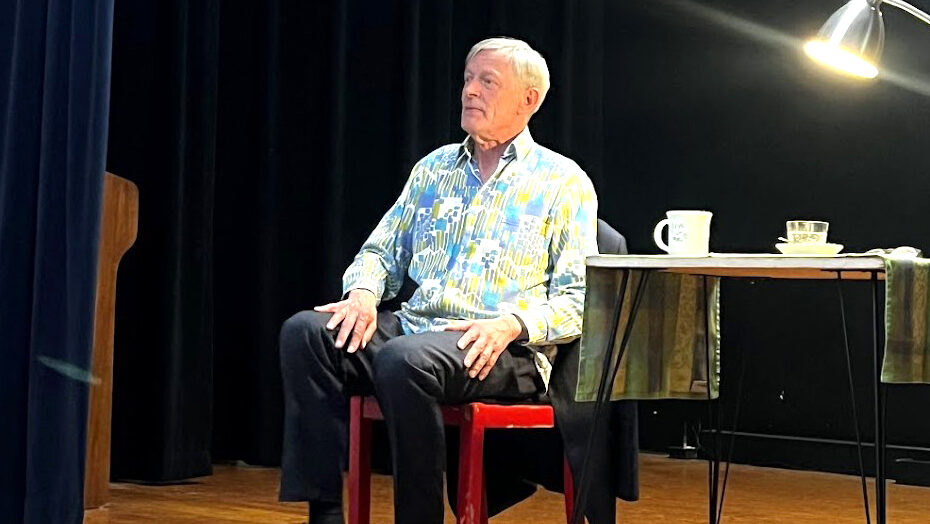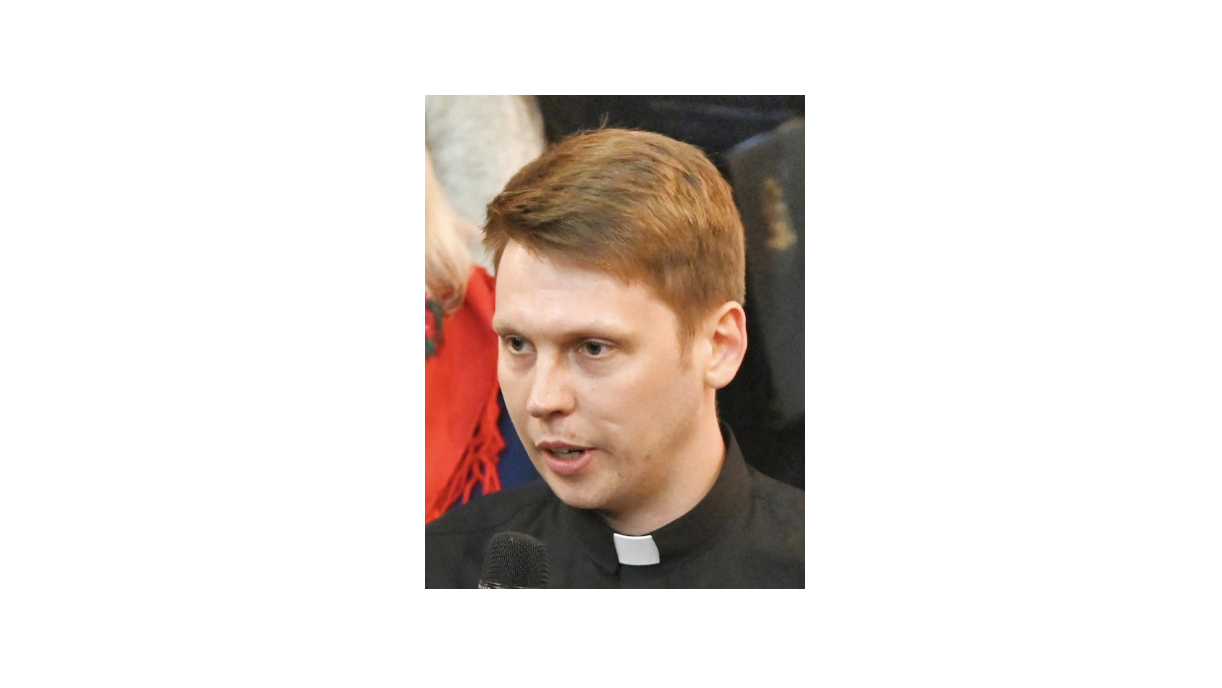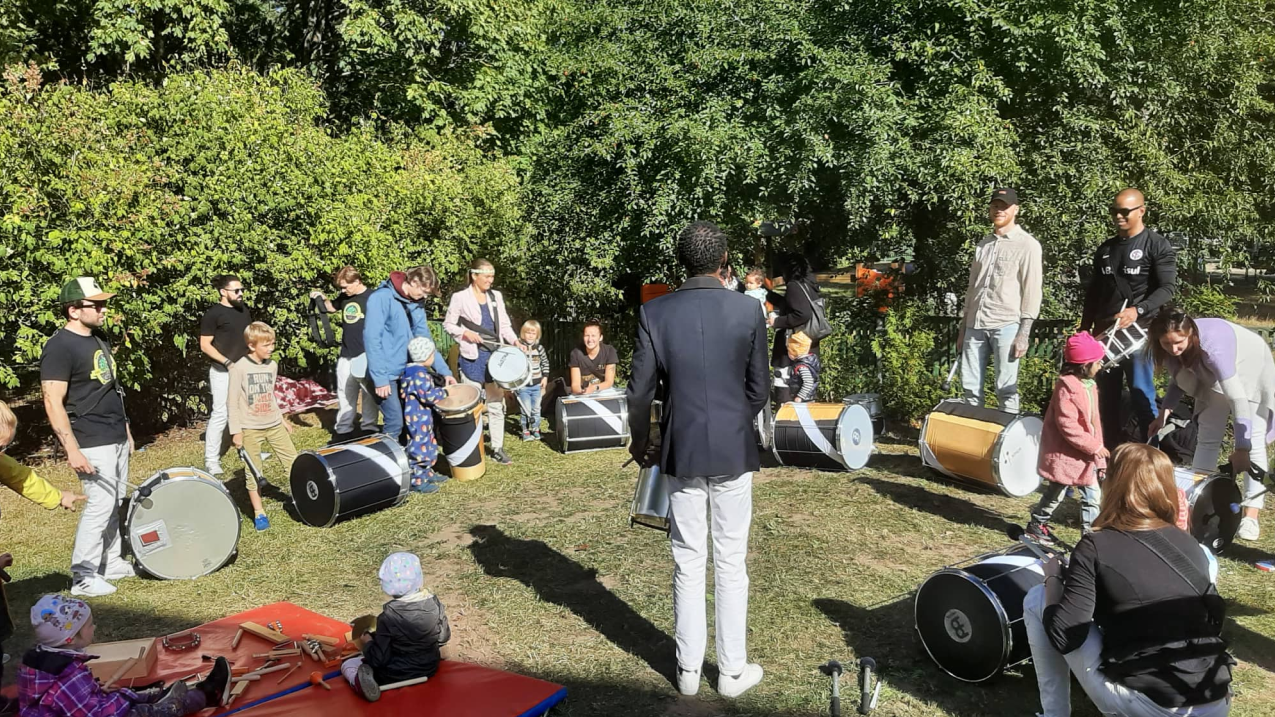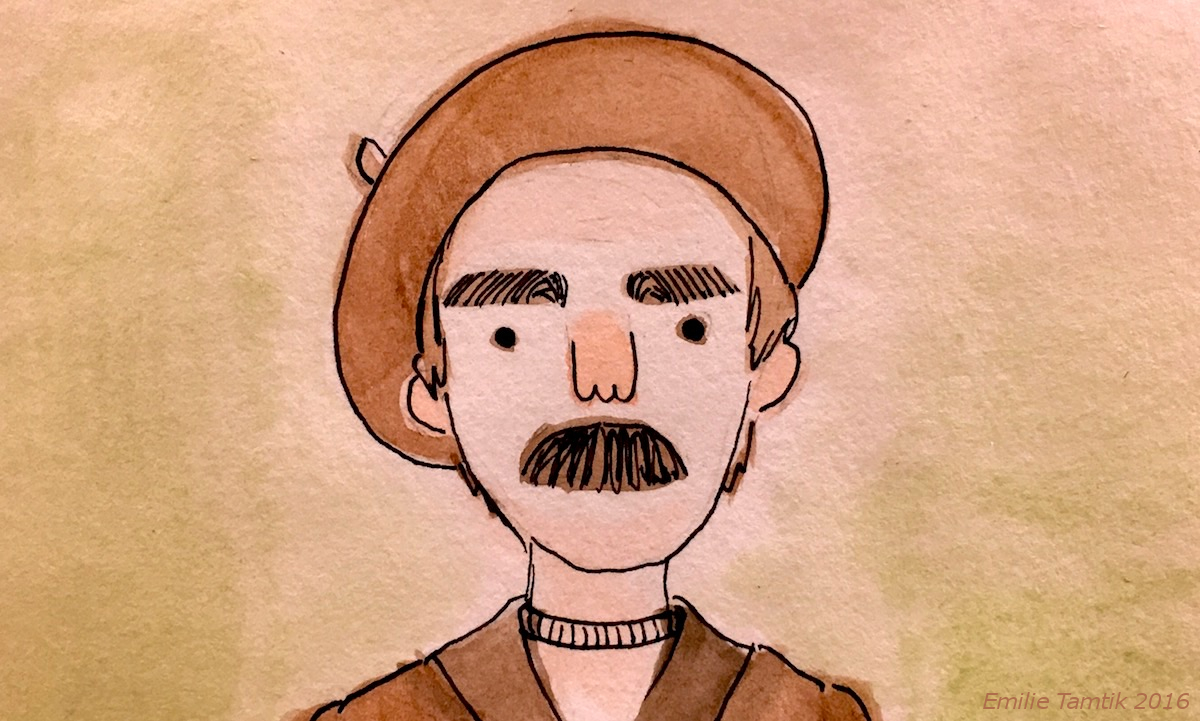This period started in the second half of the nineteenth century, which was a period of imperial tension and rising nationalism in Europe. Within the Russian Empire, a reform wave was sweeping the lands under the influence of Tsar Alexander II. However, on Ormsö, little seemed to change.
The tyrannical German-speaking landlord of Ormsö was a cruel man, known to whip and torture the peasants and publicly voicing his opinion that he would rather see them off his land. The peasants protested to the governor of Estland, but to no avail. They protested to the tsar, and got no response. Finally one of the farmers, remembering the tales of old, set off to their ancestral king in distant Stockholm to plead their case there. His arrival created a sensation in the Swedish capital. The Swedes had all but forgotten about their old medieval settler colony across the sea. It now became a focus of intense Swedish interest: Here was the original Swedish culture, untouched by the trappings of modernity. The Evangelical Patriotic Society (Evangeliska Fosterlands Stiftelsen) sent two missionaries to Estonia to teach the Estonian Swedes to read, write and reconnect with the “homeland“. This would kickstart a period of enormous change for the Ormsö inhabitants.
Over a period of about 25 years, the island transformed from a poor backwater to a thriving Swedish-speaking enclave. But these enormous changes did not solve the political divisions on the small island, instead they helped to create new ones as economic differences between the Swedish farmers grew. With the changes came also religious awakenings. Several Protestant revivals spread on the island with the neighbouring Swedish- and Estonian-speaking communities. This greatly troubled the Russian government and the Orthodox Church. When the more conservative tsar Alexander III took over in 1881, the state started to push back, not only seeking to end Swedish influence, but also to make the Estonian Swedes into Russian subjects.
And what happened then? Come to the lecture to find out!
The lecture: “Liberation or salvation? The Vormsi/Ormsö Estonian Swedes between Swedish Evangelism and Russian Orthodoxy” will take place in Tartu College on March 25 at 7pm. The lecture is organized jointly with the Finnish Studies Program at the University of Toronto and SWEA Toronto.
Johanna Helin, edited from the abstract by Dr Trond Ove Tøllefsen




